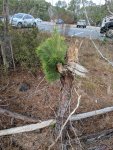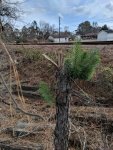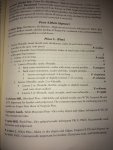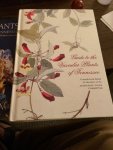Toraidento
Shohin
So I'm kinda wondering if Virginia pines make good bonsai material. I park my truck across the street from my house in a parking lot for the Pooler city park and I seen this broken pine taken off for a new life. So it made me wonder if the local Virginia Pines make good bonsia material. Anyone every use em I know needles are long just wondering if the reduced. Looks like from this broke off one here u could grow the trunk, chop it and let it take off again. Anyone have any thoughts






